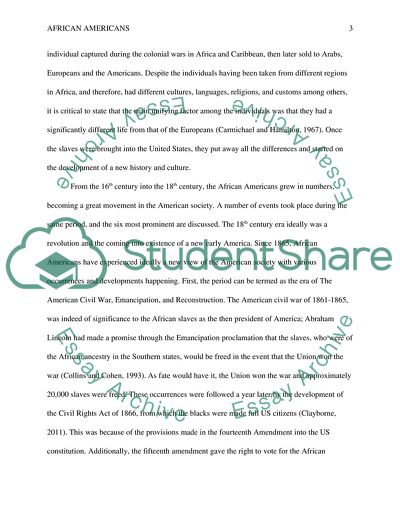Cite this document
(African Americans Essay Example | Topics and Well Written Essays - 2000 words, n.d.)
African Americans Essay Example | Topics and Well Written Essays - 2000 words. https://studentshare.org/history/1828765-african-americans
African Americans Essay Example | Topics and Well Written Essays - 2000 words. https://studentshare.org/history/1828765-african-americans
(African Americans Essay Example | Topics and Well Written Essays - 2000 Words)
African Americans Essay Example | Topics and Well Written Essays - 2000 Words. https://studentshare.org/history/1828765-african-americans.
African Americans Essay Example | Topics and Well Written Essays - 2000 Words. https://studentshare.org/history/1828765-african-americans.
“African Americans Essay Example | Topics and Well Written Essays - 2000 Words”. https://studentshare.org/history/1828765-african-americans.


